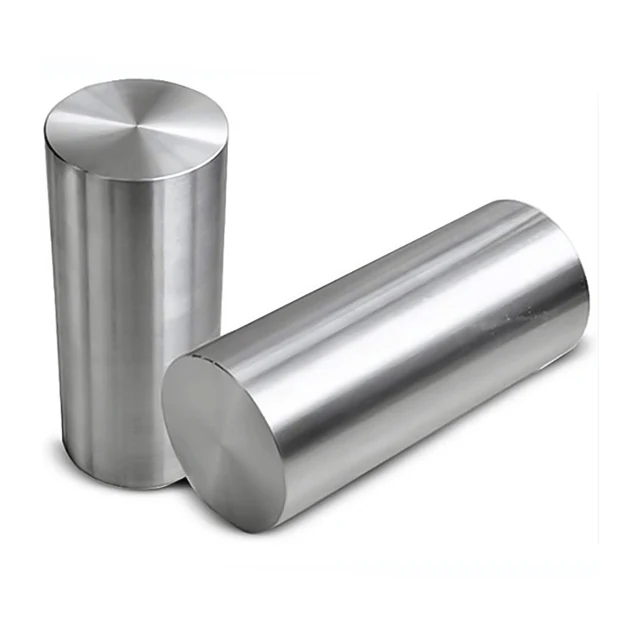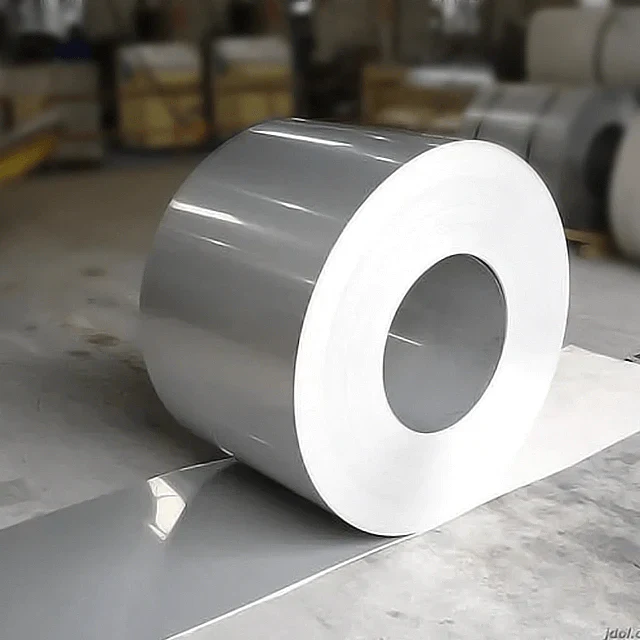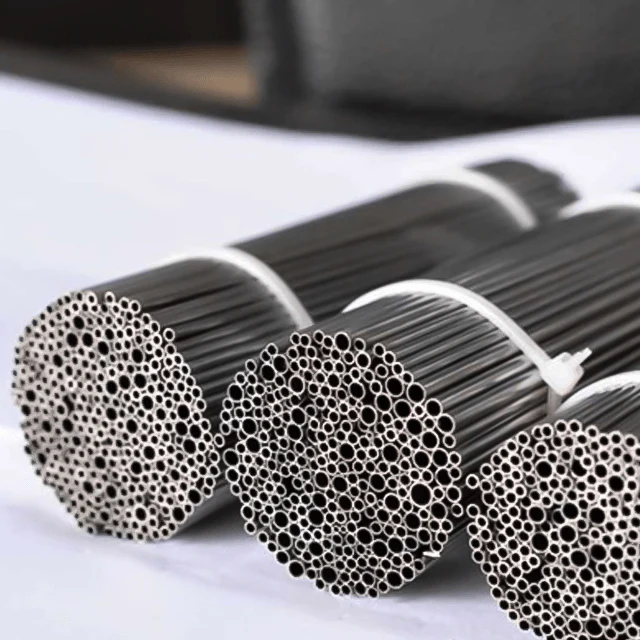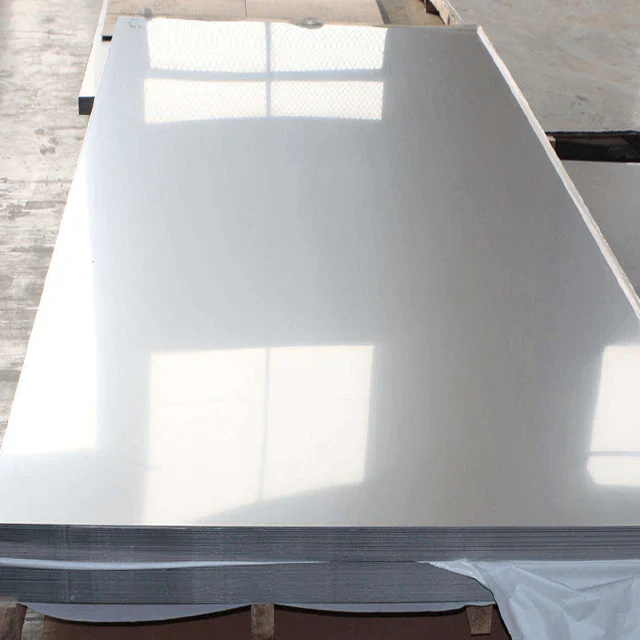Incoloy 825: Composition, Standards, and Key Advantages
Incoloy 825, nickel-iron-chromium alloy, ASTM B424, ASME SB-424, corrosion resistance, high-temperature applications, sulfuric acid resistance, chemical processing.
Introduction
Incoloy 825 is a nickel-iron-chromium alloy enhanced with additions of molybdenum, copper, and titanium. Renowned for its exceptional resistance to corrosive environments and high-temperature stability, this alloy is widely used in industries requiring durability under extreme conditions. This article explores its composition, applicable standards, and key advantages.
Composition and Material Properties
Incoloy 825 is composed of:
- Nickel (Ni): 38–46% (provides corrosion resistance and stability).
- Chromium (Cr): 19.5–23.5% (enhances oxidation resistance).
- Iron (Fe): Balance (forms the base matrix).
- Molybdenum (Mo): 2.5–3.5% (improves resistance to pitting and crevice corrosion).
- Copper (Cu): 1.5–3.0% (adds resistance to sulfuric acid).
- Titanium (Ti): 0.6–1.2% (stabilizes against carbide precipitation).
- Aluminum (Al): 0.2% max (aids in oxidation resistance).
The alloy is solution-annealed to optimize its microstructure, ensuring uniform corrosion resistance and mechanical strength.
Applicable Standards
Incoloy 825 complies with internationally recognized standards, including:
- ASTM B424: Standard specification for UNS N08825 (seamless pipe and tube).
- ASME SB-424: Equivalent to ASTM for pressure vessel applications.
- AMS 5876: Aerospace material specification for bar and wire forms.
- UNS N08825: Unified numbering system designation.
These standards ensure consistent performance in critical applications such as chemical processing and offshore engineering.
Key Advantages of Incoloy 825
- Superior Corrosion Resistance
- Resists sulfuric and phosphoric acids, seawater, and chloride-induced stress corrosion cracking (SCC).
- Performs well in both oxidizing and reducing environments.
- High-Temperature Stability
- Maintains mechanical integrity up to 540°C (1000°F), ideal for heat exchangers and furnace components.
- Versatility in Fabrication
- Compatible with welding, machining, and forming processes, enabling complex component designs.
- Long Service Life
- Reduces downtime and replacement costs in aggressive industrial environments.
Applications
Incoloy 825 is utilized in:
- Chemical Processing: Reactors, piping, and acid storage tanks.
- Oil and Gas: Downhole tubing, valves, and sour gas handling systems.
- Marine Engineering: Seawater cooling systems and offshore platforms.
- Nuclear Industry: Fuel reprocessing equipment.
Conclusion
Incoloy 825 stands out as a robust material for harsh environments, combining corrosion resistance, thermal stability, and ease of fabrication. Compliance with ASTM, ASME, and AMS standards ensures reliability across industries, making it a cost-effective solution for long-term applications.
This structured overview highlights Incoloy 825’s critical attributes, ensuring clarity for engineers, procurement specialists, and industry stakeholders.







